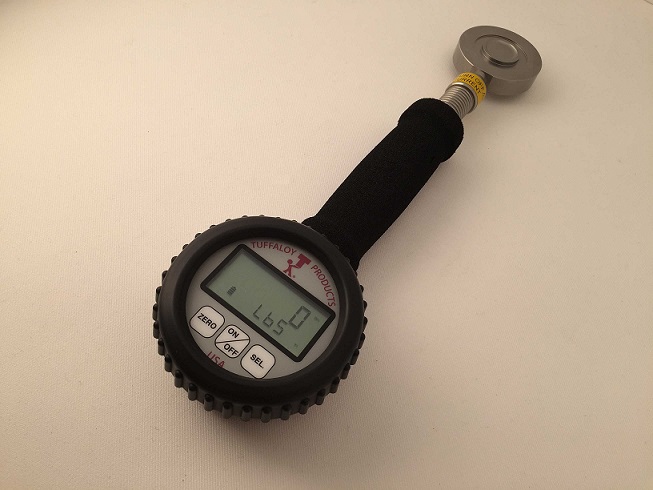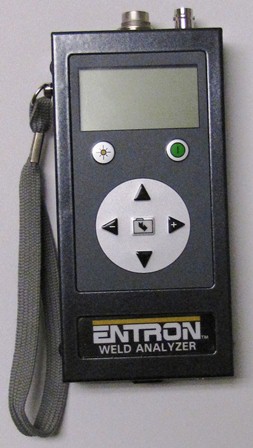If a process has been running successfully for some time and one suddenly losses the desired nugget, one of two things has occurred. A process variable has changed or the process was operating on the edge of the weld window. If this has been a long term good process, then process variables are the most likely suspects.
Process variables are anything which can affect the amount of current or the heat being generated. One should look at the variables that control pressure, current and time. Has your part changed? Is the forming of the part different and requiring more force to bring the two surfaces together? Has the cylinder or servo begun to stick or become sluggish? Have you tested the pressure? Is there sufficient plant air pressure and flow, all day? Is the plant power sufficient and consistent all day? Is there sufficient squeeze time to close the electrodes and reach full pressure? Do the electrodes need dressing? Are all electrical connections tight and clean? Have the shunts or cables worn? Some of these are wear items. Any one of these items can cause a change in weld performance.
Other individual articles describe these topics.
Go back to the basics. Check the current process against the original setup documents.
Standard maintenance equipment to help test these features includes a force gauge and current meter. In addition a pressure switch can insure you reach full pressure before initiating the weld.

FAST ACTING PRESSURE GAUGE
CURRENT METER

PRESSURE SWITCH
The need for upslope implies that the process needs more part fit up time. Something described above may not have happened as desired. Look at the process variables closely something has changed.
A one cycle weld implies that this is AC or DC welding. AC or DC equipment can be designed to perform at one cycle. The average AC or DC machine was not designed to perform consistently at one cycle. MFDC can and does perform at one cycle or faster.
It is likely that one of the process variables has caused the change in this process. The process could be running on the edge of the acceptable weld widow. In that situation the process must be retested and adjusted to develop to a better set of weld conditions not so close to the ragged edge of the acceptable weld window.
Reference: RWMA – Resistance Welding Manual Revised 4th Edition
AWS – C1.1 Recommended Practices for Resistance Welding


